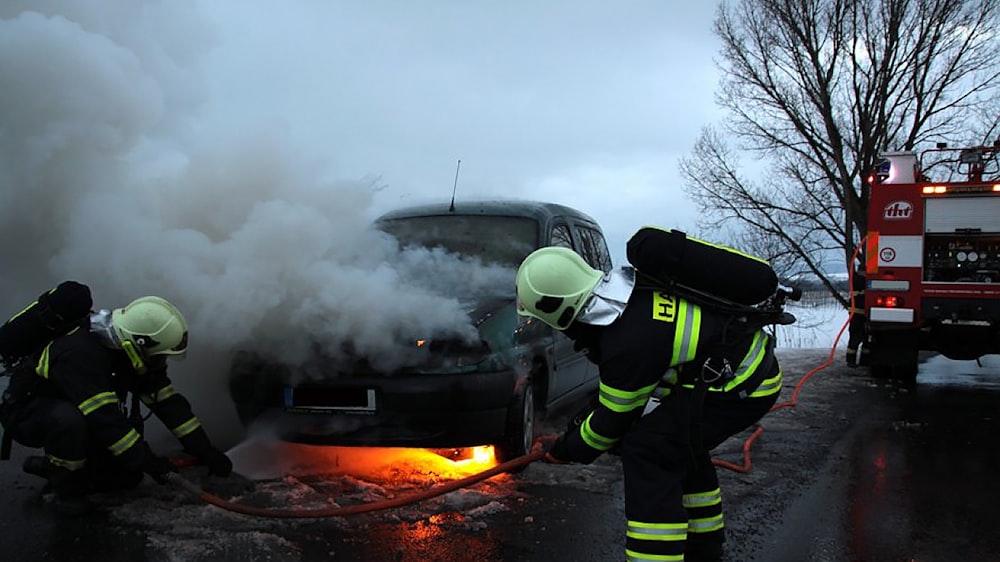Everything You Need To Know About Car Crash Testing (Part 2)
In Everything You Need to Know about Car Crash Testing (Part 1), I discussed on the importance of car crashing tests. I described the crash test dummies and its various types and the different orchestration. One of which is motion sensors and the other is accelerometers. Today, I shall discuss more of this orchestration.
A Real Crash Collision
There are two kinds of crash tests. One is the 35-mph frontal impact and the other 35-mph side impact. This is in accordance to the National Highway Traffic Safety Administration.
When a car drives right through a solid obstacle running at 35 mph or 56 kph, it is called a front impact test. This is similar to a vehicle bumping into another vehicle having the same speed and weight.
A side impact is a 1368 kg sled that has a bumper that went straight to the side of the testing vehicle. This is done to find out what will happen when a vehicle is passing an intersection and suddenly gets crashed by another car that is beating the red light. To do this, a preparation is needed:
Collision Using Paint
In this test, scientists paint the crash-test dummies with different colors, and then, place them in the driver’s seat. The spot were placed where it is more likely to have injury. Usually they are the face, feet, knees, and the skull area. Should a sudden speed-up in acceleration, this will show which part of the car hit what part of the body.
Using a Set-up Vehicle
After the paint is done, it is ready to get smashed, but before anything else, scientists will add ballast to the car. This is to match the crash-test vehicle’s load and the allocation of the weight similar to a completely loaded vehicle. They will likewise add a speed sensor and place it in such a way that it will move across a pickup when a vehicle smash the obstruction.
MORE TEST TO PROVIDE BACKGROUND DETAILS
As mentioned earlier, car manufacturers are making vehicles that are safer. NHTSA, on the other hand, does multiple crash tests to improve the safety even more. Even manufactures have followed the lead and they do their own car crash tests. They also want to make sure that they are at par to the Federal Motor Vehicle Safety standards.
To challenge the car industry, NHTSA started the New Car Assessment Program or NCAP to make sure that cars are safe and that every car will pass the required examinations.
LOOK FOR A DEPENDABLE BODY SHOP FOR YOUR CAR
When a car accident happens, it could really be so distressing that finding a dependable collision repair shop could be difficult. After an accident, for sure, you do not want to stress dealing with the inconvenience of researching for a good auto body shop. Luckily, you have Chaney’s Collision Center.
Chaney’s Collision Center has professionally trained repair experts. Located at 7910 N. Glen Harbor Blvd. Glendale, Chaney’s Collision Center has been serving the people of Arizona since 1977. To schedule repairs ahead of time, please call Chaney’s Collision Center at (623)248-8119.

